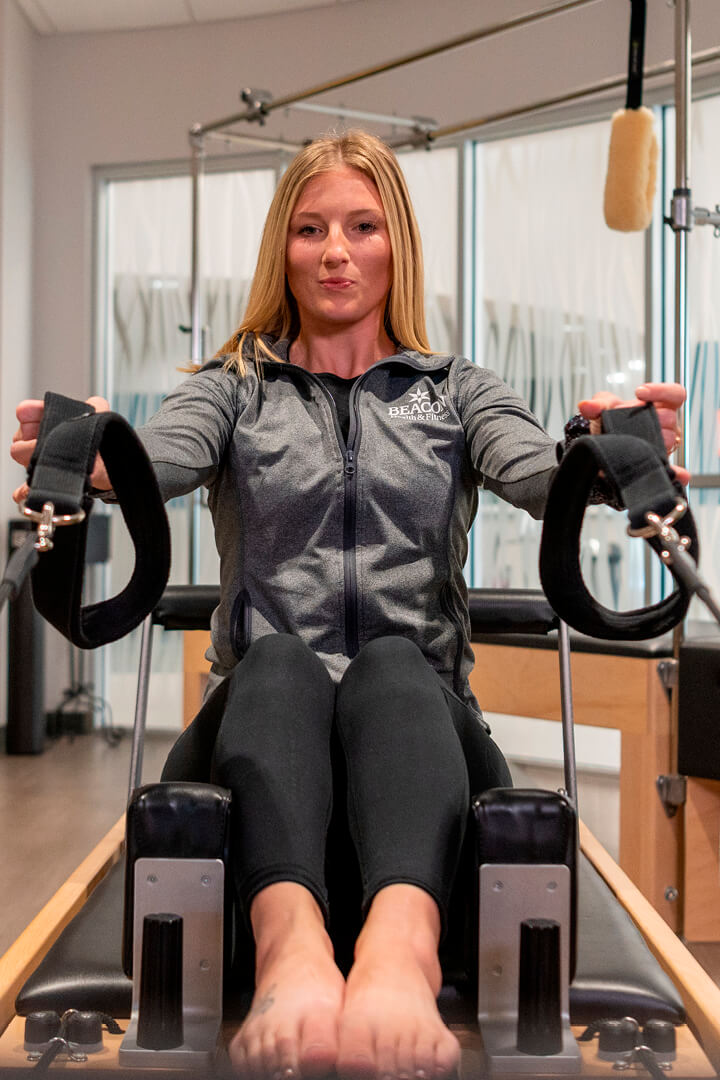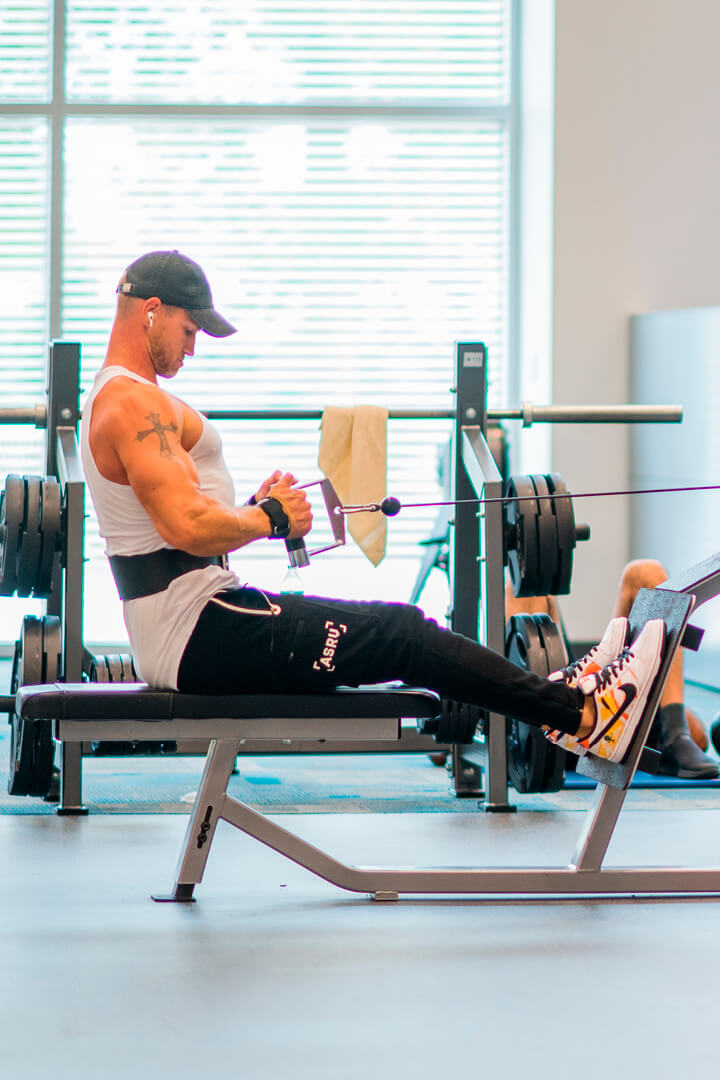![]() I must admit, although I have been running for close to a decade now, for a long time I did not incorporate different running workouts. I usually set out with a mileage goal, and just planned on getting through it. My pace was pretty good, but I couldn’t say I was making huge strides in improvement. Running with a mileage goal or for pure enjoyment is wonderful, so keep doing those nice enjoyable runs. However, if you’re looking to improve your pace or train for a race (Sunburst), here are some great running workouts to incorporate into your training plan.
I must admit, although I have been running for close to a decade now, for a long time I did not incorporate different running workouts. I usually set out with a mileage goal, and just planned on getting through it. My pace was pretty good, but I couldn’t say I was making huge strides in improvement. Running with a mileage goal or for pure enjoyment is wonderful, so keep doing those nice enjoyable runs. However, if you’re looking to improve your pace or train for a race (Sunburst), here are some great running workouts to incorporate into your training plan.
Tempo Run
Purpose: Build speed + endurance
The tempo run can vary in distance, it is usually at least 3 miles but could be longer depending on your current training level. The tempo run pushes your threshold to withstand a faster pace at a farther distance without the sudden onset of fatigue. The goal here is to find a pace that is uncomfortably comfortable, a pace that is challenging but endurable.
Tempo run example:
1-mile warm up, 2 miles at 85%-90% of max heart rate (see formula below), 1-mile cool down
Track Workout
Purpose: Build speed and increase leg turn-over
As the name implies, track workouts are typically completed on a track or on a fairly flat surface (treadmills also work great). The goal is to have little to zero incline in order to complete several short bursts of high-intensity training with a short period of recovery. This will help not only in increasing speed for longer distances but also improve your running cadence (see below for description). Track workouts can vary in distance overall, but also in how many meters you might be holding a high intensity pace. Typical distances are 400 meters (once around track), 600m, 800m, 1000 (1k), 1200m, 1600m. The most common distances being 400m, 800m, 1600m.
Track workout example:
1-mile warm up, 8 x 400 meters with 200m recovery interval (RI) in-between, 1-mi cool-down
Hill Repeats
Purpose: Build speed + strength + power
Hill repeats are for building running strength, power, and can translate into increased speed. Hill repeats are completed on a hill with a moderately steep grade, usually around 5%-7% grade and about a quarter-mile long. Not only can hill repeats help increase muscle by running uphill; but running downhill can be almost more beneficial in learning how to land softly and not go down too fast or brake the whole way down.
Hill repeat example:
1-mile warm-up, run hill 6-8 times, 1-mile cool down
Each of these runs are very challenging in their own way. To avoid injury, only complete each of these workouts once per week as a maximum. I really like to complete track workouts and hill repeats once every-other week.
Max heart rate calculation: (220-age) x goal percentage (85%=.85)
Note: There are other calculations utilized to calculate max heart rate; however, this is a common formula
Running cadence: How often each foot touches the ground over 1-minute. A goal of 180 times per minute= a cadence of 180. Shorter strides/steps can also increase cadence.





